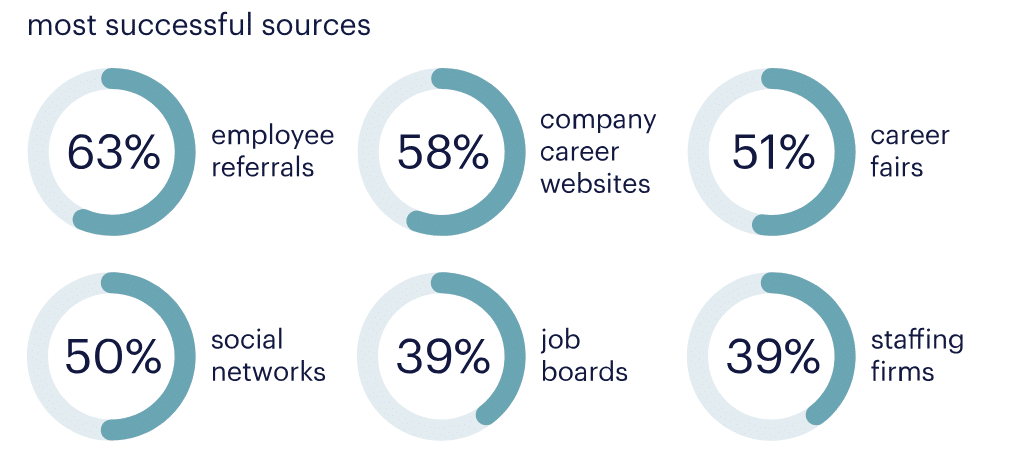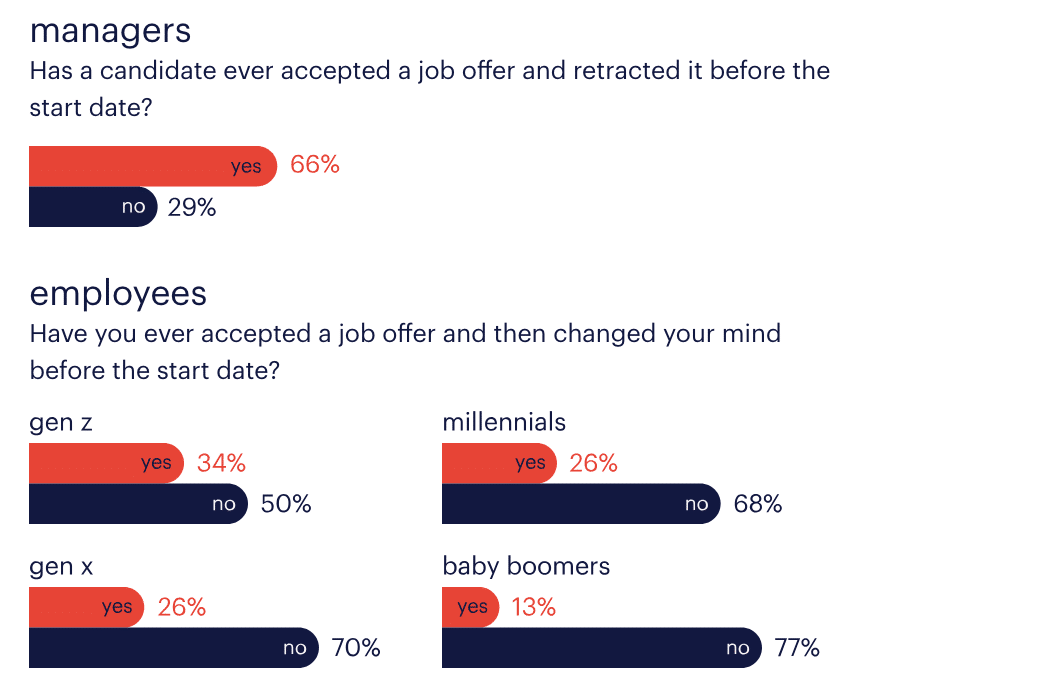While technology brings many benefits to the workplace, a new study from Randstad US and Future Workplace on the influence of technology throughout the employee lifecycle—from hiring to engagement and retention—highlights several negative effects. More than half of managers (56 percent) and employees (55 percent) alike say they use digital communications to handle work conflicts instead of discussing the situation in person or over the phone. What’s more, 79 percent of managers say technology encourages immediate action over strategic thinking.
The difference between how managers and employees view the potential impact of technology in the hiring process can also be substantial. For example, two out of three (66 percent) managers don’t think negative online employer reviews significantly impact their ability to recruit top candidates, but over half (57 percent) of employees say they won’t even apply to a company with negative reviews.
“Today’s managers must lead toward technology decompression by providing opportunities and tools that allow teams to slow down, think holistically and build their strategic muscles,” said Jim Link, chief human resources officer at Randstad North America, in a news release.
Additional findings from the report, Technology and the Employee Experience: How Technology Impacts Your Most Important Asset:
As a screening tool, online skills assessments are more effective than AI
Well over half (63 percent) of employers say that online skills assessments are the most effective tech solution for screening candidates, and 37 percent say online tests not only help them make smarter hiring decisions, but increase efficiency and speed-to-fill. Meanwhile, fewer than 40 percent of employers say the same of artificial intelligence (AI) and chatbots. Of employees surveyed, about one-half (51 percent) have taken an online skills test during their job search, while only six percent say they have interacted with AI while looking for a job.
Managers: What sources have you found typically yield the highest-quality candidates for your organization or department?
There are stark generational differences in how workers use technology
For example, almost one-half of Gen Z respondents (47 percent) admit to texting during meetings, compared to just 22 percent of baby boomers. Gen Z employees (60 percent) are also nearly three times as likely as baby boomers (22 percent) to use technology for personal reasons during the workday. And while nearly two-thirds (63 percent) of Gen Z employees frequently or sometimes check work email or texts outside of office hours, only 38 percent of baby boomers do the same.
Pressure for employees to be “always on” appears to be increasing
A majority of employers (53 percent) expect employees to at least sometimes respond to business messages while on vacation. Of employees, one-fifth (21 percent) say they always or very often respond to business messages while on vacation. Among generations, Gen Z and millennial employees are far more likely to respond to business messages while on vacation than Gen X or baby boomers. When asked why they respond to business messages when away from work, employees say they love what they do (21 percent), think it’s good for their career (18 percent) or feel guilty if they don’t respond (16 percent).
Employees: When you were last searching for a job, where did you spend most of your time or efforts?
Blended learning models offer the best of both worlds
Almost all (94 percent) companies at least sometimes offer or pay for training opportunities for employees to learn new skills specific to their role, but a smaller percentage (74 percent) of employees say the same. Forty percent of employers say they provide blended learning models that combine technology touchpoints and in-person training. Of these blended learning models, the most common approaches are one-on-one coaching (45 percent), instructor-led on-site training (43 percent), computer-based training (40 percent), peer mentoring (39 percent) and hard-copy training manuals (36 percent). At the same time, only one-fourth of companies say they provide the same learning opportunities to remote workers, which may be an area for improvement going forward. After all, the vast majority (87 percent) of employees say they at least sometimes take advantage of learning opportunities.
Automation as a solution for at-risk new hires
The majority (66 percent) of managers say they’ve had a new hire accept a job offer, only to back out before the start date. And there’s reason to believe this kind of behavior may increase: One-third (34 percent) of Gen Z respondents report having accepted and then reneged on job offers, compared to only 13 percent of baby boomers. Companies can prevent this by developing processes for engaging new hires during the interval between formal acceptance and start dates. Unfortunately, however, nearly one-third (30 percent) of companies say they don’t have such processes in place.
“In this 24/7 business world, employees need a break from work if they want to maintain their health, happiness and productivity,” said Dan Schawbel, research director at Future Workplace and author of Back to Human, in the release. “Our study found that managers don’t always encourage their employees to take much-needed vacations and even when they do, there’s an expectation and guilt to respond to business emails. Not having your phone is the new vacation. Employers should take this subject more seriously if they want to engage and retain the best talent.”
Download the full report here.
Research findings are based on a survey conducted by VIGA across the U.S. between Dec. 7 and 14, 2018. For this survey, 1,202 employees and managers were asked general questions to explore the impact of technology on the employee lifecycle. The study targeted HR managers, line managers and employees with no management responsibilities.













